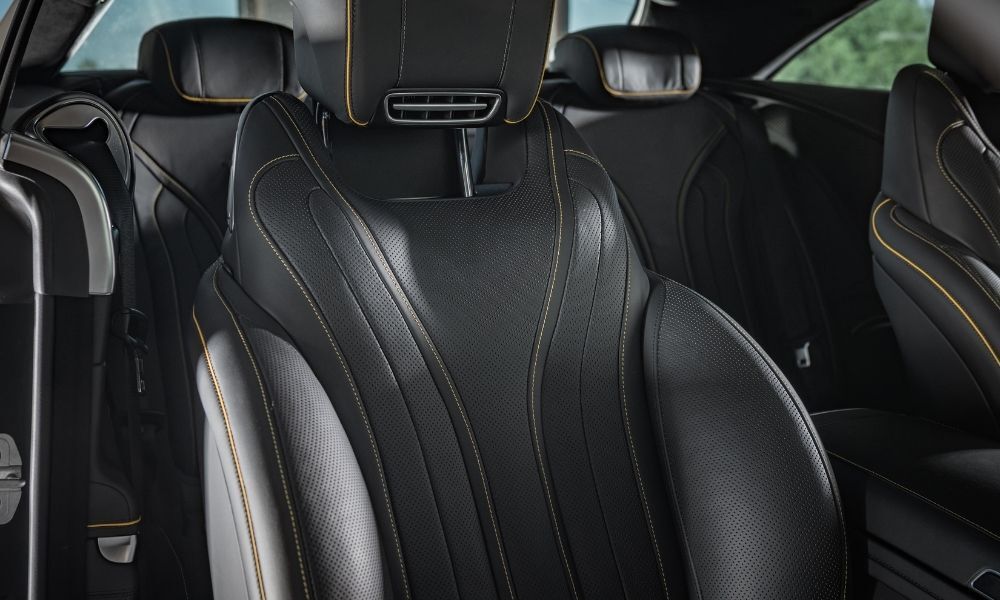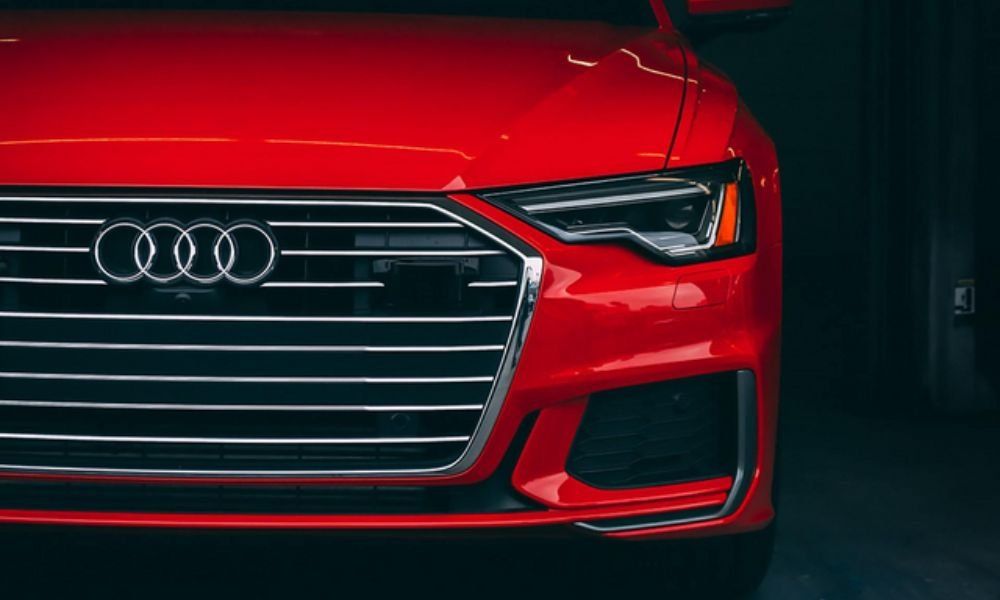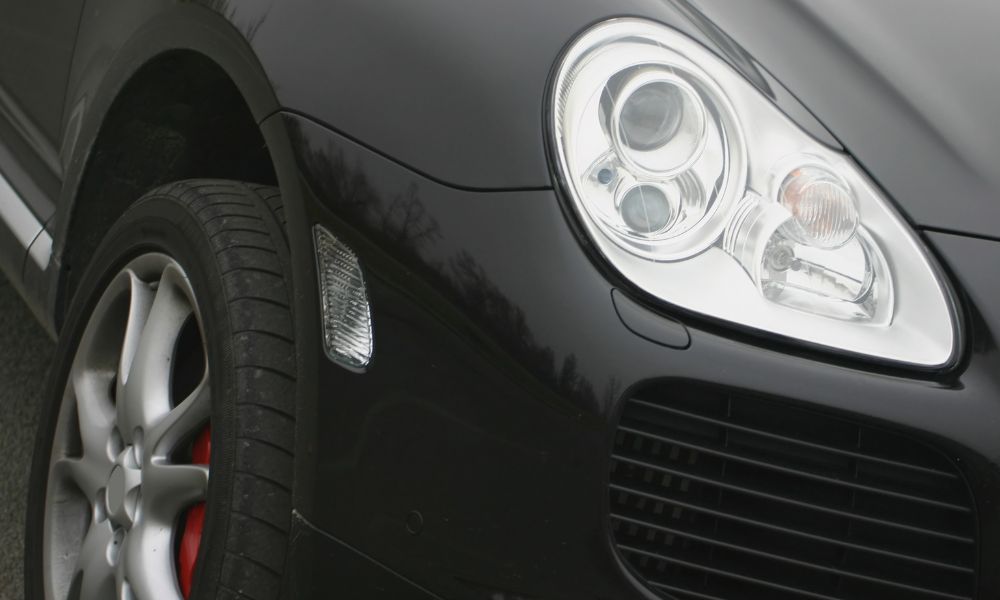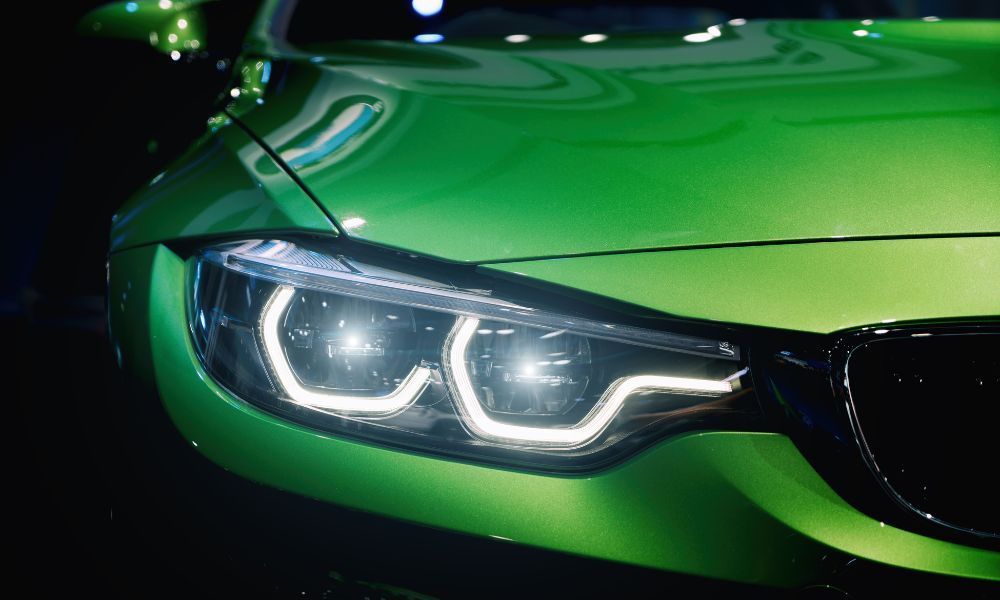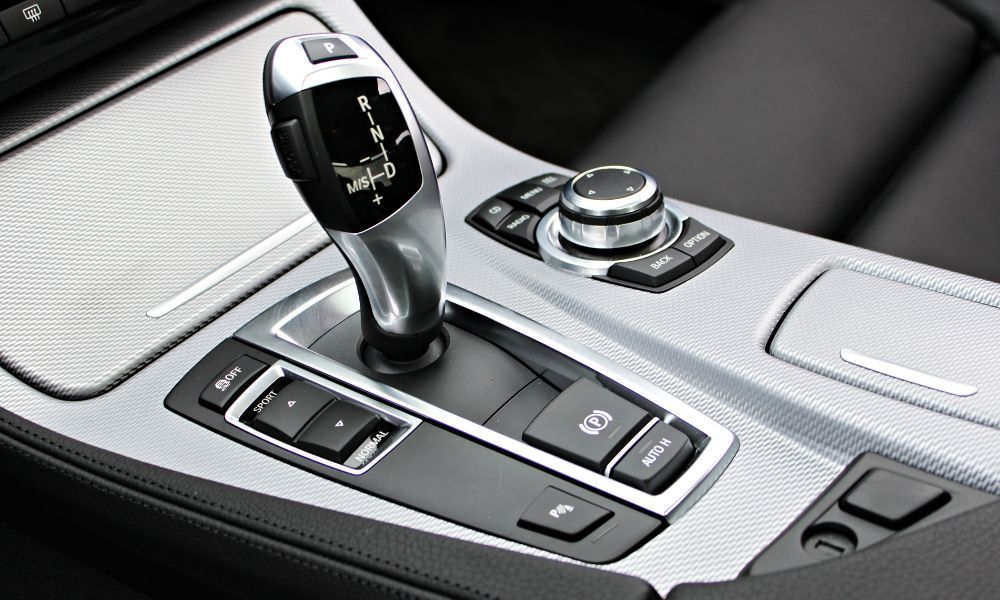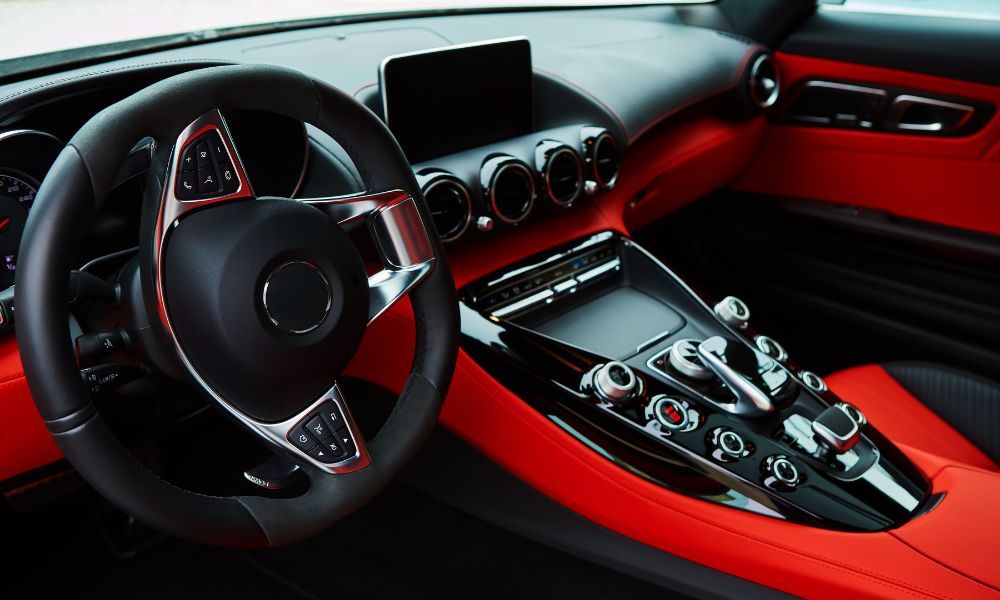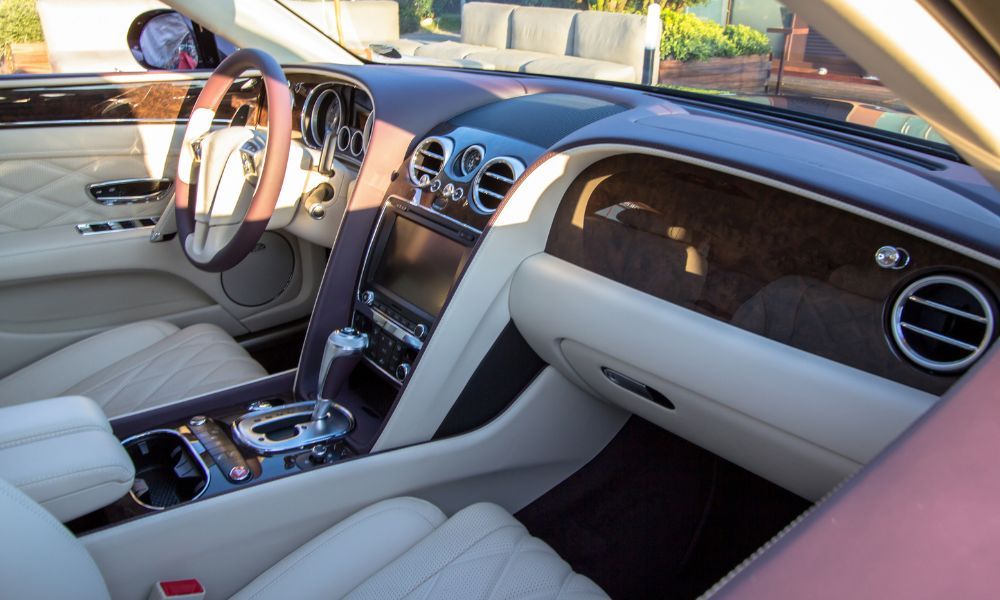How America’s Car Culture Has Changed Over the Years
America and cars are synonymous, especially when you consider that cars were invented within the United States. Because of this, the American culture has strongly been associated with vehicle ownership, although this culture has manifested itself in a lot of different ways. As these cultures have risen and died down, designers have noted what the populous liked and disliked. Eventually, a car became more about personal identity rather than just the direct ownership of the vehicle. Different models meant different personal characteristics, with decals and wraps being only one of the many ways different cultures chose to show their colors. Let's take a look at how America's car culture has changed over the years!
The Big American Ideas
American car culture thrives around a few specific ideas that have grown to be synonymous with American car ownership. Ever since the conception of the car, automobiles have been central to the American identity. Everything from our towns to our transportation systems is based around the automobile and its mobility, further driving the home the fact that Americans and cars are inseparable. These three ideas are central to the American automobile and have thus characterized it.
Drive-Thru
The drive-thru window is one of those great American ideals that facilitated an automobile-centered culture. Drive-in restaurants became popular in America in the 1920s, mostly due to the increasingly affordable automobiles on the market. Drive-thru windows were implemented to develop with this and the increasingly popular "on-the-go customer" identity. Many say that the drive-in was born from laziness and a desire for good service.
The Road Trip
America is a country centered around traveling. It is one of the few countries with vast pristine wildernesses and ecosystems ranging from deserts to forests. It only seems appropriate that America's culture reflects this nature through the road trip. While common in other countries, the idea of the road trip in America was characterized in the advertisement of the ideal American getaway.
Nascar
While not a major player, Nascar still holds a huge place in the American cultural landscape. Nascar has inspired countless movies, toys, and even food, as countless look in awe at the fast-paced and dangerous sport of racing. Nascar has become the basis for a lot of the historical and cultural movements surrounding cars, which is something we will examine later!
The Age of the Middle-Class Utopia
Cars in America have always become ubiquitous with the middle class ever since they were marketed to the public as affordable means of transportation. As such, a majority of middle-class automobiles followed a strict format based on the competition. Even so, there have been limited advances in the design of automobiles, mainly reflected by their top speed. As cars became faster and faster, the design of cars had to keep up with the wind forces. This resulted in their now somewhat uniform appearance, although middle-class consumer cars always had a somewhat uniform appearance. In this realm, the culture of cars has not changed ever since the inception of the automobile. People back then were looking for the same things that they are looking for now: adequate room, good gas mileage, and an affordable but well-built vehicle.
The Age of Rock and Roll
By the early 1960s, car culture and rock and roll began to collide through their similar veins of rebellion and showmanship. During this time, radios became standard on vehicles, meaning that car culture would be easily spread from car owner to car owner. During this era, the automobile entered a period where it represented freedom and prosperity. Not only that, but it stood for those who went against the status quo. This, in turn, made for a perfect outlet for the rock and roll community to use as subject matter in songs.
The Age of Muscle Cars
Much of what we identify today as muscle car culture has a lot to do with the role of Nascar in America and what was shown in American cinema at the time. During the 1960s through the 1980s, the muscle car was idealized as the calling card of the typical American young adult. Movies such as Goldfinger and built further pushed this stereotype to the forefront of young adult's minds. Soon enough, everyone from the Beach Boys to the Beatles had muscle cars as a centralized topic in their art.
How Has It Changed Overall?
Now, we know that the average American car has seen great changes since the first inception of a mass-produced automobile. As such, it is important for us to know how these automobiles have changed overall.
Less Emphasis on Speed, More Emphasis on Safety
As time went on, better engine technology was developed, making it less impressive to go faster speeds. Highway speeds were also very quickly catching up with the top speeds of some of the older cars. As safety laws were passed in the US in greater numbers, the laws placed a bigger emphasis on safety to convince the public that automobiles are trustworthy.
Lighter Materials for More Efficiency
Another change that we see in cars from past eras are the materials used in the manufacture of automobiles. In older vehicles, more steel and heavy solid metals were used. While this does strengthen the car's frame, it also cuts down on its top speed potential and fuel efficiency. In order to make a product that would keep up with fuel efficiency standards, designs placed more emphasis on lighter materials and construction.
Design-Based Solely on Aerodynamics
As time went on, car manufacturers incorporated wind tunnels as part of their vehicle body designs. This would make for more efficient cars with a higher potential top speed. This, however, came with a tradeoff. As time went on, many car manufacturers seemed to hit a wall in a unique design. Many chose to sacrifice identity for efficiency. This leads us to the vast present-day market of cars with very few differences in terms of design.
It would be an understatement to say that America's car culture has changed over the years. What started out as a fledgling idea to help people increase their mobility quickly turned into an economic and cultural icon. Many will credit the automobile as part of the pillars behind iconic America's culture. If you are looking to sell your luxury vehicle , get in contact with Nahas Motorcars. Our selling process is streamlined to make it as simple and easy for you to accomplish as possible!


